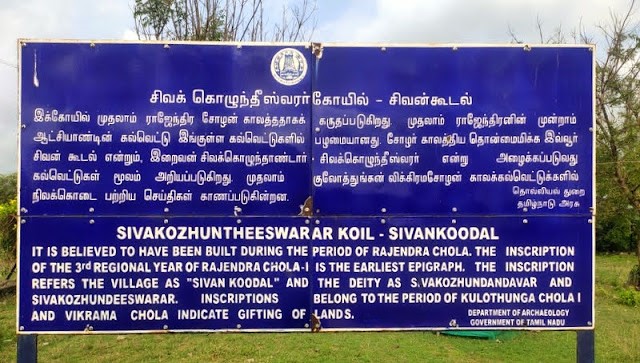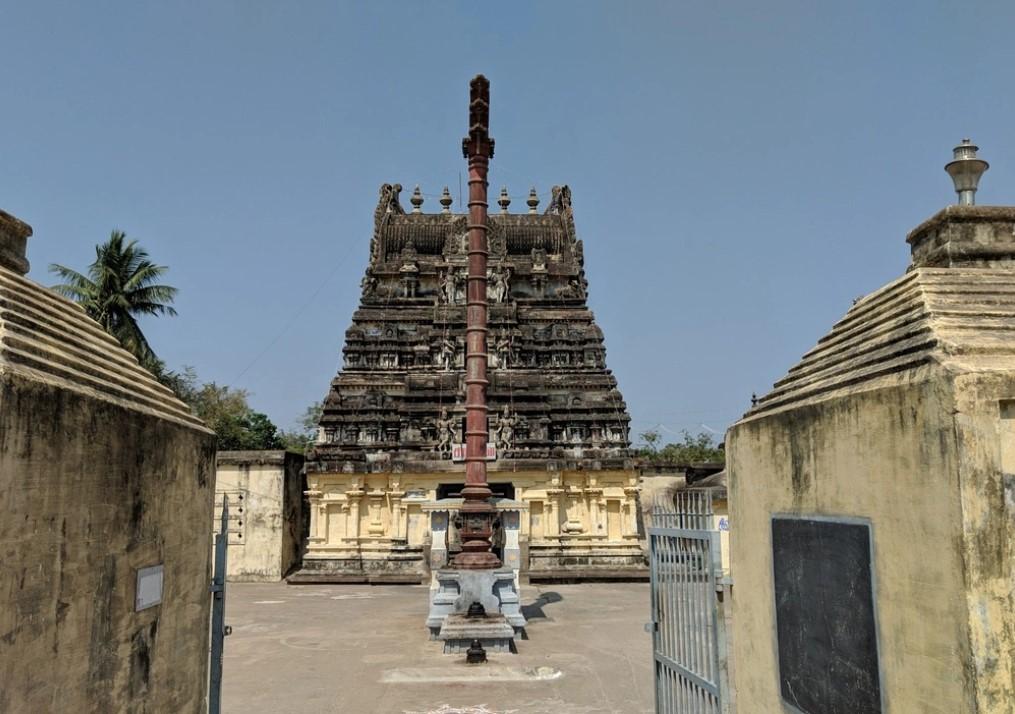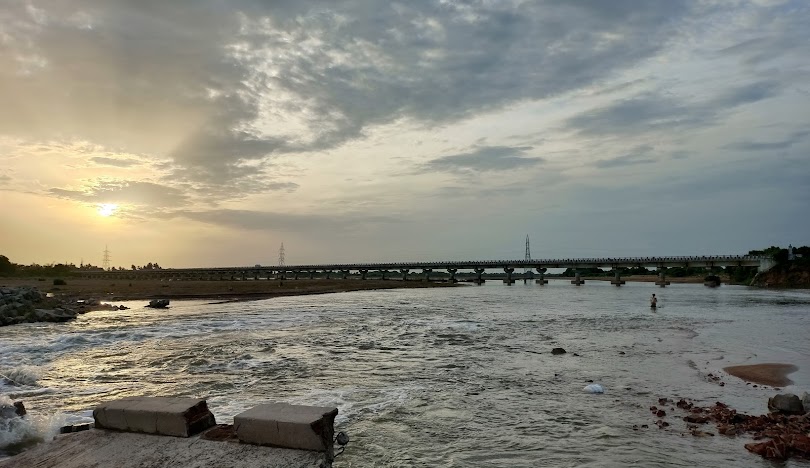
The temple is located on the banks of the River Pennai and is believed to have been built in the 6th century. The historical name of the village surrounding the temple was "Thiru Thinai Nagar," which has since been changed to "Theerthanagiri."
PURANIC SIGNIFICANCE:
1. Jambavan and the Blessing of Lord Shiva
It is believed that Jambavan, the king of the bears, worshiped Lord Shiva at this temple and received his blessings. The temple’s tank is named after Jambavan—“Jambava Theertham.” It is believed that taking a dip in this tank will absolve one of their sins.
2. The Story of Periyan and His Wife
As per the Sthala Puranam, a farmer named Periyan and his wife lived in the village with the custom of offering food to a Shiva devotee before partaking of it themselves. One day, they could not find anyone to offer the food to. Periyan went to his field to request a worker to come to his house so that they could offer food. However, when he reached the field, he found no one there and waited for them to return.
3. The Miracle of the Old Man
After some time, Periyan saw an old man pass by and requested him to come and have food. The old man refused, saying he would only accept food after working for it. The farmer then asked the old man to plough his field. When Periyan went back home to fetch the food, he was astonished to see that the crops had fully grown and were ready for harvest by the time he returned.
4. The Divine Revelation
Periyan and his wife served the food to the old man under the kontrai tree. After the meal, they asked the old man how he managed such a miracle. The old man disappeared before answering. Soon after, Lord Shiva appeared on his bull mount (Rishabha Vahanam) with Goddess Parvathy and gave darshan to the couple. He revealed that he had come in the form of the old man.
5. Lord Shiva's Stay as Swayambu Lingam
The couple, having witnessed the miracle, requested Lord Shiva to stay in the place and bless them. Lord Shiva consented and remained there as a Swayambu Lingam under the kontrai tree.
6. The Name “Thiru Thinai Nagar”
Since Lord Shiva is believed to have ploughed the field and made it ready for harvest by sowing millet seeds ("Thinai"), this place came to be called "Thiru Thinai Nagar."
7. The Legend of King Veeraseran
Another legend associated with this temple involves a king named Veeraseran, who was suffering from leukoderma. He came to the temple for worship, accompanied by his dog, which also had skin diseases. When the dog accidentally fell into the temple’s tank, it emerged with its skin disease healed. Seeing this, King Veeraseran decided to take a dip in the tank. To his surprise, his leukoderma was cured as well.
8. King Veeraseran’s Contribution
Grateful for the divine blessing, King Veeraseran worshiped Lord Shiva and conveyed his gratitude. He then constructed the temple in honor of Lord Shiva, and his idol can still be seen in the temple corridors.
ADMINISTRATION:
The temple is administered by the Hindu Religious and Charitable Endowments (HR&CE) Department of the Government of Tamil Nadu.

